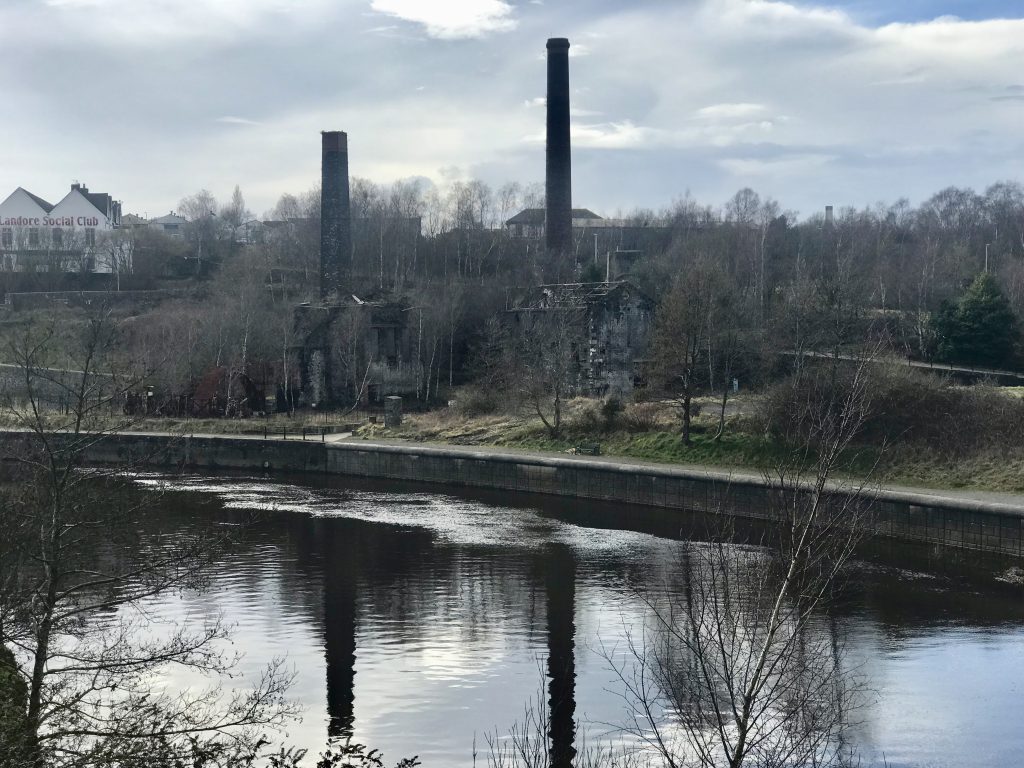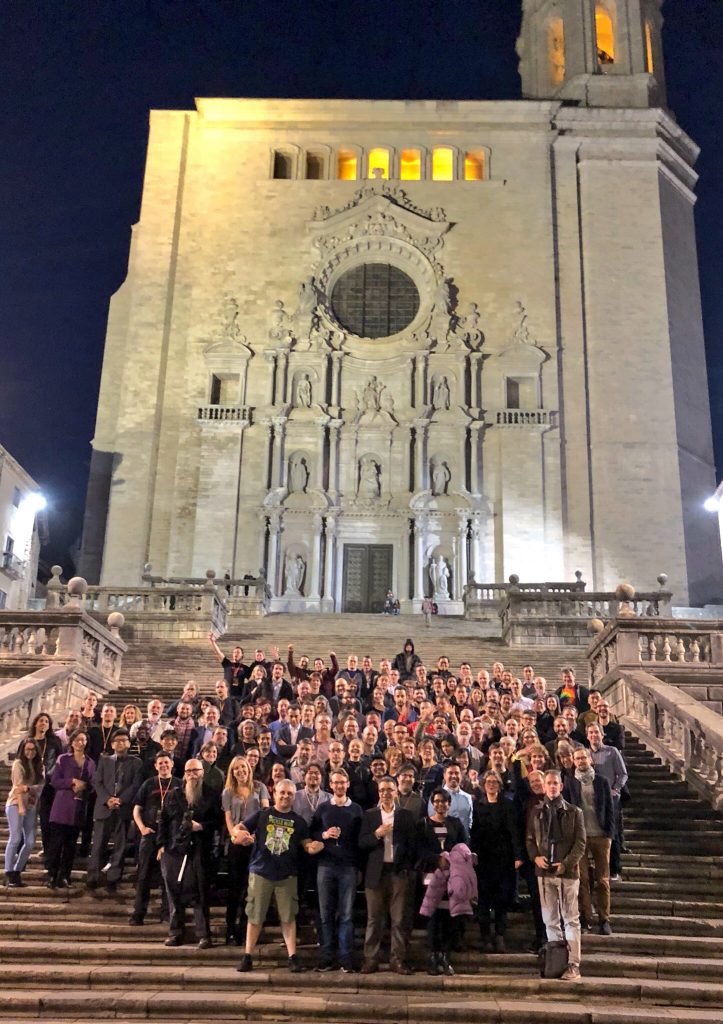
Around the time of the 2012 olympic games, the main site for which was Stratford in east London, I heard a fascinating talk about the “remediation” of the site from the pollution caused by its industrial chemical heritage. Here I visit another, arguably much more famous and indeed older industrial site. The remediation of Stratford involved the removal, cleaning and returning of a vast amount of topsoil, something which was not cheap to do.

